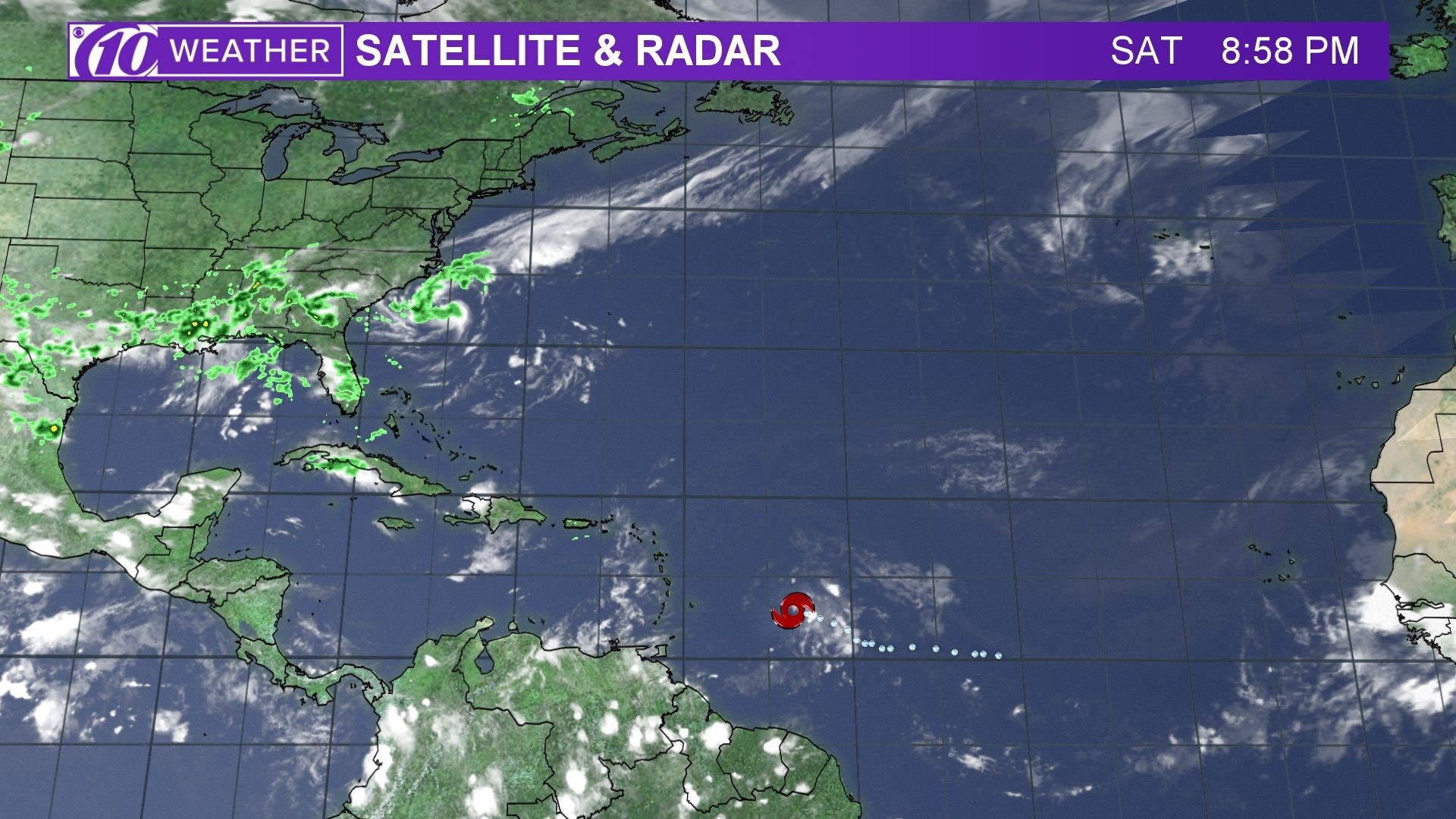Analyzing Beryl’s Track Using Spaghetti Models

Tropical storm beryl spaghetti models – Tropical Storm Beryl is expected to make landfall in the coming days, and spaghetti models are being used to predict its path and intensity. Spaghetti models are a collection of computer simulations that show the possible paths a storm may take. By analyzing these models, meteorologists can get a better idea of where the storm is likely to go and how strong it may be.
The spaghetti models for Beryl show a wide range of possible paths, with some models predicting that the storm will make landfall in Florida and others predicting that it will stay out to sea. The models also show a range of possible intensities, with some predicting that the storm will remain a tropical storm and others predicting that it will strengthen into a hurricane.
Areas of Agreement and Disagreement
The spaghetti models for Beryl show some areas of agreement and disagreement. All of the models agree that the storm is likely to move generally northwestward over the next few days. However, there is some disagreement about the exact track of the storm, with some models predicting that it will make landfall in Florida and others predicting that it will stay out to sea.
There is also some disagreement about the intensity of the storm. Some models predict that the storm will remain a tropical storm, while others predict that it will strengthen into a hurricane. The intensity of the storm will depend on a number of factors, including the temperature of the ocean water and the wind shear in the atmosphere.
Potential Implications, Tropical storm beryl spaghetti models
The potential implications of the spaghetti model predictions for Beryl’s path and intensity are significant. If the storm makes landfall in Florida, it could cause widespread damage and flooding. If the storm remains out to sea, it is less likely to cause damage, but it could still bring heavy rain and winds to coastal areas.
The intensity of the storm will also have a significant impact on its potential effects. A hurricane is more likely to cause damage than a tropical storm, and it could also produce more flooding and wind damage. If Beryl strengthens into a hurricane, it could be a major threat to life and property.
Historical Performance of Spaghetti Models: Tropical Storm Beryl Spaghetti Models

Spaghetti models have been used for decades to predict the tracks of tropical storms and hurricanes. While they have improved over time, they are still not perfect.
One study found that spaghetti models were able to predict the track of Hurricane Katrina within 100 miles, on average, three days before landfall. However, the models were less accurate in predicting the intensity of the storm.
Factors Affecting Accuracy
There are a number of factors that can affect the accuracy of spaghetti models, including:
- The quality of the data used to initialize the models
- The complexity of the storm’s track
- The skill of the meteorologist interpreting the models
Dem tropical storm Beryl spaghetti models be showin’ us where de storm might go. Dey be like a bunch of noodles all tangled up, but if ya look close, ya can see where de storm be headin’. Ya can check out spaghetti models for beryl to see what de latest models be sayin’.
So stay tuned and keep an eye on dem spaghetti models to see how Beryl be shapin’ up.
Tropical Storm Beryl’s spaghetti models show a wide range of possible tracks, including some that could bring the storm near Puerto Rico. While it’s too early to say for sure where Beryl will go, residents in Puerto Rico should monitor the storm’s progress closely and be prepared to take action if necessary.
The spaghetti models will continue to be updated as more data becomes available, so it’s important to stay informed about the latest forecasts.